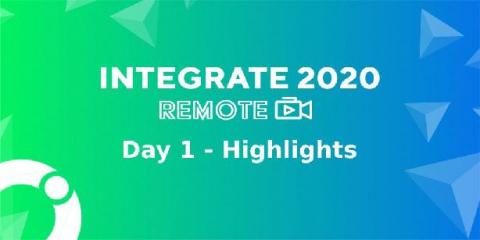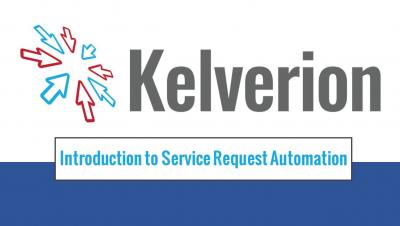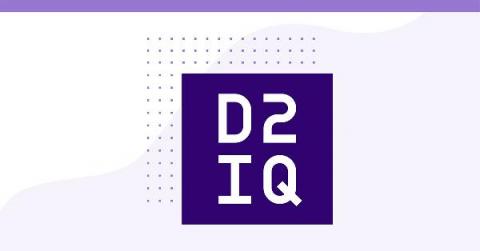Operations | Monitoring | ITSM | DevOps | Cloud
DevOps
The latest News and Information on DevOps, CI/CD, Automation and related technologies.
Integrate 2020 Remote - Day 1
Introduction to Service Request Automation
Scaling open source Puppet
In my Puppet travels over the last 10 or so years, one topic has continued to arise time and again, and that has been the ability to scale open source Puppet to thousands of nodes. While the best route is to use Puppet Enterprise for solid support and a team of talented engineers to help you in your configuration management journey, sometimes the right solution for your needs is open source Puppet.
Introduction to KUDO: Automate Day-2 Operations (II)
In a previous article, we discussed KUDO and the benefits of it when you want to create or manage Operators. In this article we will focus on how to start to work with KUDO: Installation, using a predefined Operator and create your own one. Installing KUDO To install KUDO the first step is to install the CLI plugin in order to manage KUDO via CLI. Depending on your OS you can use a package manager like Brew or Krew, however installing the binary is a straightforward option to proceed.
Persistent storage for Kubernetes with Shipa and StorageOS
How to Pick a Winning Go Module
With a near-endless list of Go Modules, it can be overwhelming trying to decide which is best for your Go build. For new Go developers, it can be difficult to pick a winner for your specific use case. This phenomenon is nothing new. In fact, it’s one of the reasons why open-source is so important for developers. Oftentimes, when a module is published by a developer, it was likely developed to solve a specific problem that they are facing.
CVE-2020-8555 And What We've Done About It
A security vulnerability (CVE-2020-8555) with a Medium severity has been reported that affects following versions of Kubernetes: Note, an attack using this vulnerability requires permission to create a pod or StorageClass and would typically only be granted to internal administrators or developers within an organization. It is possible to mitigate an attack by implementing policies using Gatekeeper and restricting StorageClass using Kubernetes access controls.
Open source software for open infrastructure
Implementing infrastructure using open-source software significantly reduces the total cost of ownership (TOC) of your infrastructure. Over the last few years, we’ve seen more and more companies moving to open source. These include Netflix, Uber, Visa, eBay, Wikipedia and AT&T. And this trend will only continue to grow. The migration is driven by better economics, improved flexibility, better integration capabilities and thus, the higher business value provided by the open source software.
What's the deal with edge computing?
With over 41 billion IoT devices expected to be active by 2027 — that’s at least 5 devices for every person on the planet — edge computing has emerged as a tenable solution to prevent the impending snowballing of network traffic. Allow me to lift the veil on this buzzword and explain why it’s been gaining attention in tech circles lately.











